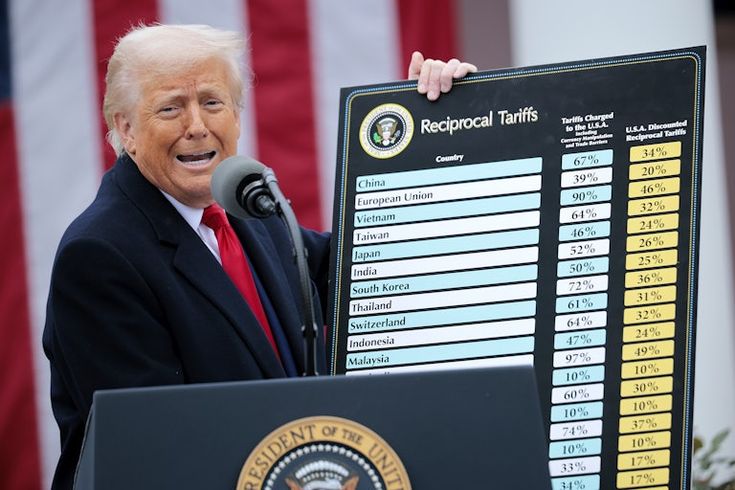Tariffs may sound like boring government jargon, but when it comes to the auto industry, they’re like engine grease thrown on a bonfire. Add Trump to the mix, and suddenly you’ve got global carmakers scrambling, prices climbing, and factories playing musical chairs.
Let’s break it all down—without the economic headache.
What Even Is a Tariff?
A tariff is basically a tax on imported goods. Think of it as a fine a foreign product has to pay to enter another country. If Japan wants to sell cars in the U.S., and the U.S. adds a 25% tariff, those cars instantly get more expensive—either for the company or for you, the buyer.
Now imagine this happening across millions of cars, parts, and countries. You can see why things get messy fast.
So, What Did Trump Do?
During his presidency, Donald Trump imposed aggressive tariffs on steel, aluminum, and cars, mostly targeting China, the EU, Mexico, and Canada. His goal? Bring manufacturing jobs back to America and punish countries that he believed were taking advantage of U.S. trade.
Some highlights:
-
25% tariff on steel and 10% on aluminum (even from allies!)
-
Threatened up to 25% tariffs on foreign-made cars and parts
-
Imposed tariffs on $370B worth of Chinese goods, including car components
Suddenly, building a car using foreign materials or importing it from overseas became a lot more expensive.
So What Happened to the Auto Industry?
A lot! Here’s how the industry responded to Trump’s trade firecrackers:
1. Higher Prices for You and Me
With tariffs on metals and parts, automakers had to pay more to build cars, and guess what? They passed those costs on to consumers. Some cars went up by $1,000–$5,000 depending on the model and brand.
2. Factory Freakouts
Car companies began rearranging factories to avoid tariffs. For example:
-
BMW slowed exports from Germany and expanded U.S. production.
-
Tesla started building more in China to avoid U.S. export tariffs.
-
Ford canceled some import plans altogether because it was no longer cost-effective.
3. Global Supply Chain Mayhem
Modern cars are global jigsaw puzzles—engines from Japan, steel from South Korea, electronics from Mexico. When tariffs hit different parts, it disrupted entire supply chains. That meant delays, redesigns, and extra paperwork.
4. Trade War Tension
China and the EU fired back with their own tariffs. That hurt U.S. automakers exporting cars abroad. Suddenly, American-made SUVs were more expensive in China, making it harder for Ford or GM to compete overseas.
Who Won and Who Lost?
Winners:
-
Some U.S. metal manufacturers (temporarily)
-
Domestic suppliers in the short term
-
Politicians promising “America First” agendas
Losers:
-
Global automakers with international supply chains
-
Consumers facing higher car prices
-
U.S. automakers exporting abroad
-
Dealers struggling to explain price hikes
Long-Term Impact? Still Unfolding.
Even though some tariffs have been relaxed or adjusted under President Biden, many of the policies remain—and so do the ripple effects:
-
Companies are “reshoring” factories to be less exposed to global tension.
-
Automakers are rethinking EV battery production—trying to move away from Chinese minerals and factories.
-
Countries are forming new trade alliances to avoid future tariff threats.
Tariffs Are Like Speed Bumps—But with Spikes
At first glance, tariffs sound like simple tools to protect local jobs and industries. But in a globally connected sector like autos, they often cause more chaos than clarity.
So next time you wonder why your new car costs more or why that European model isn’t shipping to Nigeria anymore, remember—it might not be inflation. It might just be the result of a political power play 6,000 miles away.
